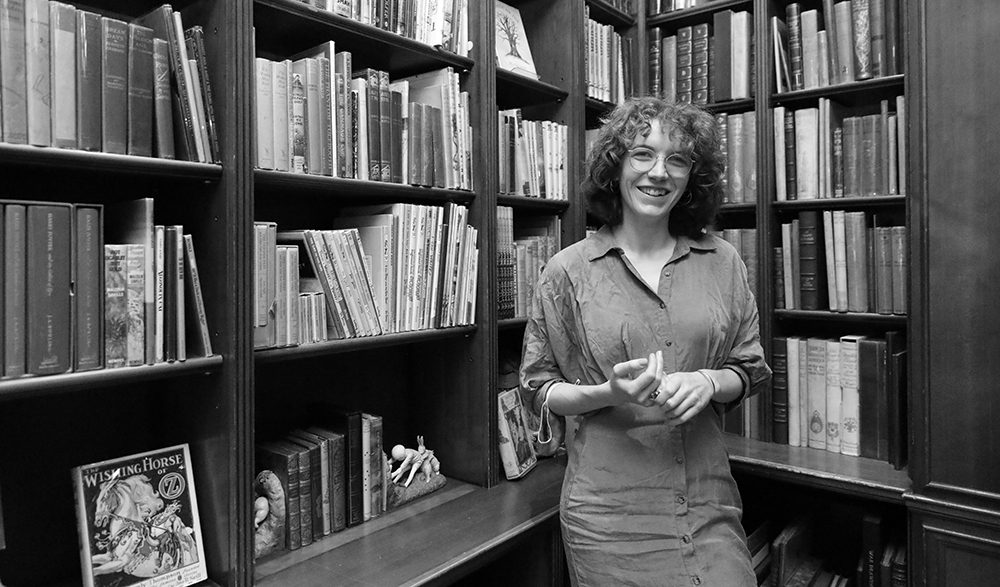Interview by Lauren Hepburn
How did you come to be a cataloguer at Peter Harrington?
Slightly by chance! I wasn’t aware of the rare book world until I started job hunting upon completing my history degree. I had specialised in my final year in material and visual culture and was looking for a role that would let me continue research from that angle, and there was Peter Harrington offering the perfect mix!
What brings you the most excitement about working with a rare book dealer?
I think, for me, it’s the very physical connection to the past that you experience when you discover an inscription or note laid into a book. I’m a big proponent of writing in your new books (although maybe not in the ones you buy from us…) so that historians have a future record to work from. I get huge excitement from seeing inscriptions such as the one in our copy of The Accomplish’d Housewife (1745), owned by one Mary Bacon, who wrote inside, “Mary Bacon – her book. 1775 Steal not this book for fear of shame for here you find the owner’s name Mary Bacon Her Book”. It’s likely this copy belonged to the Mary Bacon (1743–1818) who is the subject of Ruth Facer’s 2010 micro-history Mary Bacon’s World: A Farmer’s Wife in Eighteenth-century Hampshire (2010), and I was pleased, during lockdown, to see the inscription used for a Society for Renaissance Studies online event on early modern conceptions of book provenance. It’s always fun when a book you have started to research is picked up as part of a wider discussion.
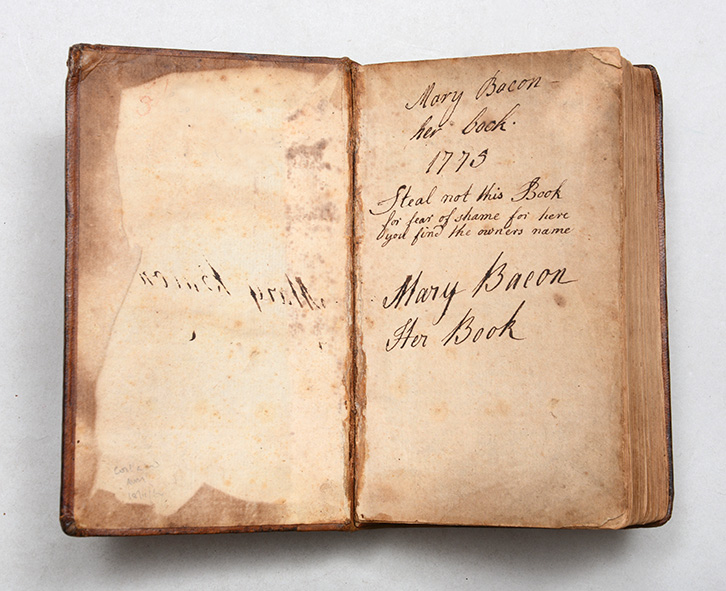
The Accomplish’d Housewife; or, the gentlewoman’s companion. 1745.
A similar example of this tangible connection with the past was in one of my favourite recent items, the Rebecah Childe manuscript ‘receipt’ book. I studied food history, which has led to me becoming involved in some of our cookery material here, and the immediacy of seeing authentic signs of use such as a cookery stain on a recipe is always a rush.
Another simple joy that comes from working in this industry is the range of time periods we work across; the surreal nature of looking at your desk and seeing a 1595 Daemonolatreiae, a pulp edition of Patricia Highsmith’s The Price of Salt, and a book of Maya Angelou’s poetry published in 1971, as if, in some way, time has been collapsed in the shop.
How do you feel that the industry contributes to the preservation of culture and history?
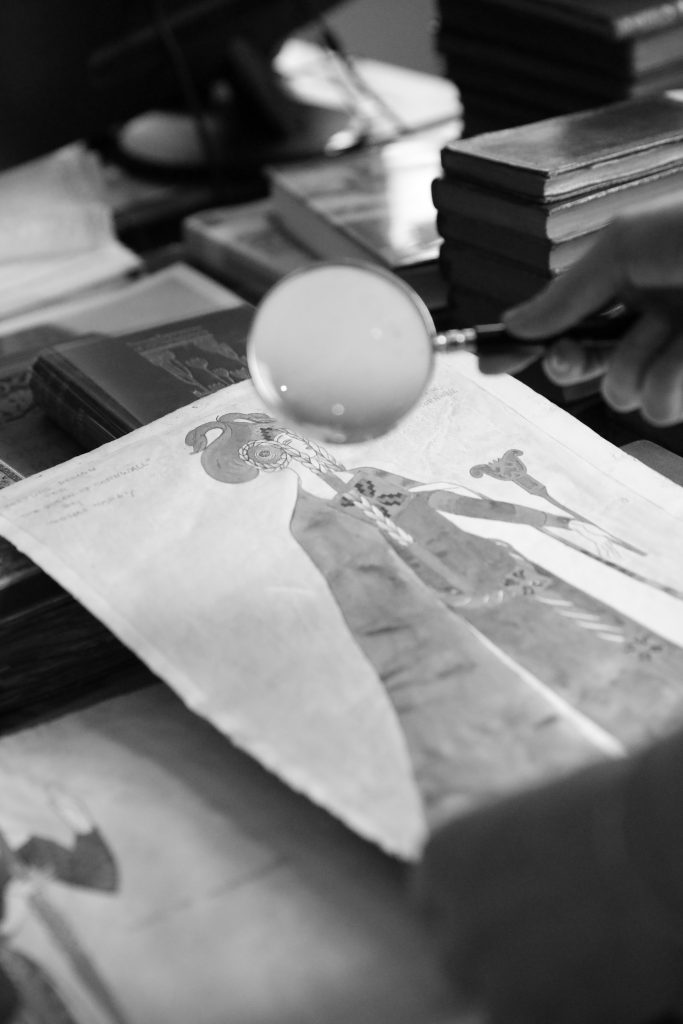
I used to feel like we were the shady underside to the more upstanding library and curatorship industry, but increasingly I see the potential for us to work in partnership with these institutions to source items for public benefit. We have the time and resources to uncover unique and important items where institutions are often a bit more squeezed.
An example of how my job now colours everything I do (beyond not being able to listen to my favourite history podcasts without madly searching for first editions of the books mentioned) was my visit to the excellent Thomas Becket exhibition, currently showing at the British museum. I loved it but I couldn’t help thinking a copy of the first edition, first impression, of Eliot’s Murder in the Cathedral would have sat well in it (750 copies were published in May 1935 and were sold at its production in Canterbury Cathedral). It might also have been fun to have included another item we have; actor Michael Miller’s working copy of the final script for the 1964 film Becket – possibly with a clip of the film running alongside. Although, I may well only be suggesting that as it’s such a treat to see Peter O’Toole’s depiction of Henry II!
When certain things come up, such as the Honresfield Library sale, I can come over all Indiana Jones – “it belongs in a museum!” – so finding a perfect institutional home for an item can be rewarding. Institutional ownership doesn’t always guarantee that the item will be more accessible, however, and depends hugely on the resources a given institution has at their disposal. The painstaking research undertaken by cataloguers in the rare book trade is not always preserved, and items are sometimes not easily available to view, either in person or through an approachable digital database.
We are always keen to increase access to the items we hold here – and whenever we receive enquiries from researchers interested in learning more about a certain book or piece of ephemera we are always happy to help by providing photographs, or arranging in-person viewings.
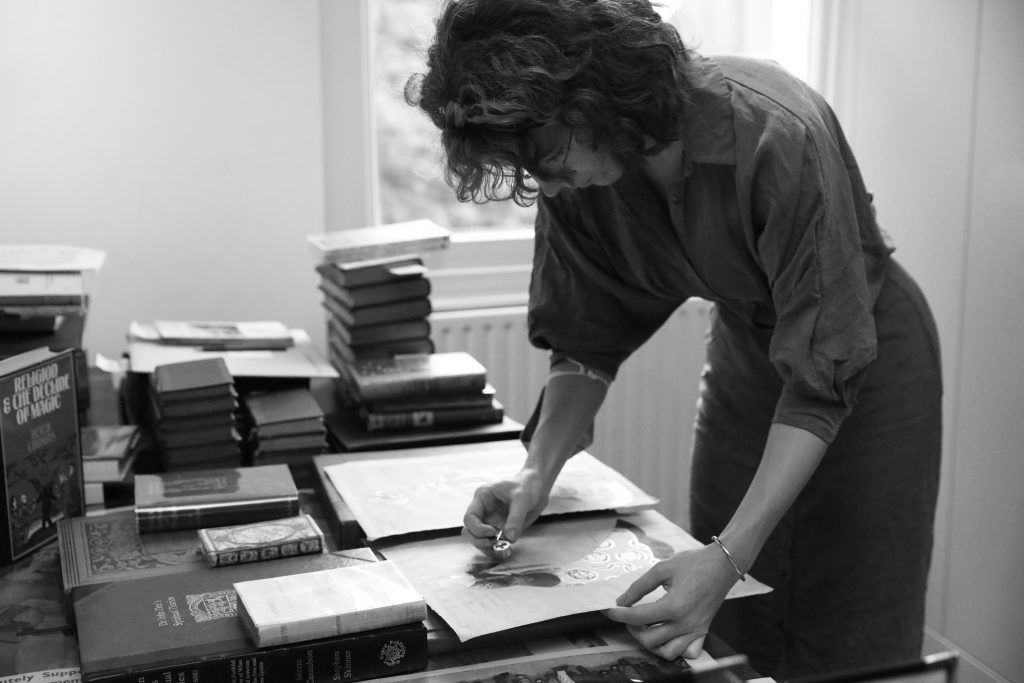
You often focus on women’s work and helped curate Peter Harrington’s first catalogue dedicated to female authors and artists. How do you go about purchasing and spotlighting female authors and artists?
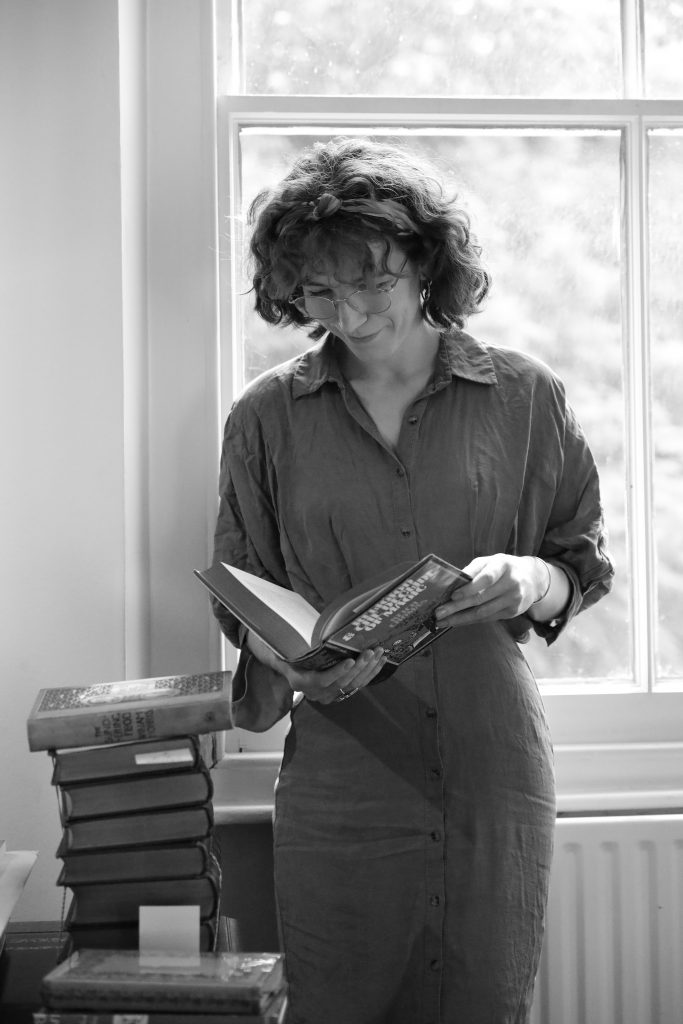
We are continually on the lookout for authors whose importance has been hidden by the misogynistic mists of time and are currently gathering items for a second catalogue of women’s works to follow our 2019 Works by Exceptional Women catalogue (cat. 151). There has definitely been a shift in the rare book trade to recognise the blindingly obvious importance of collecting female authors and, consequently, a lot of exciting material is emerging.
Two of my favourite items included in Works by Exceptional Women were a collection of fashion magazines that belonged to a successful female entrepreneur, and Mary Hays’s obituary of Mary Wollstonecraft in The Annual Necrology for 1797–8.
I was also very excited recently to get hold of the first English edition of Christiane Ritter’s A Woman in the Polar Night (1954), the original version of which was first published in German in 1938. I came across the Pushkin Press 2019 reissue of Jane Degras’ translation and fell in love, so I immediately started the hunt for a first edition. It’s a remarkable work which has never been out of print in Germany, detailing Ritter’s 1934 stay on the remote Arctic island of Spitsbergen.
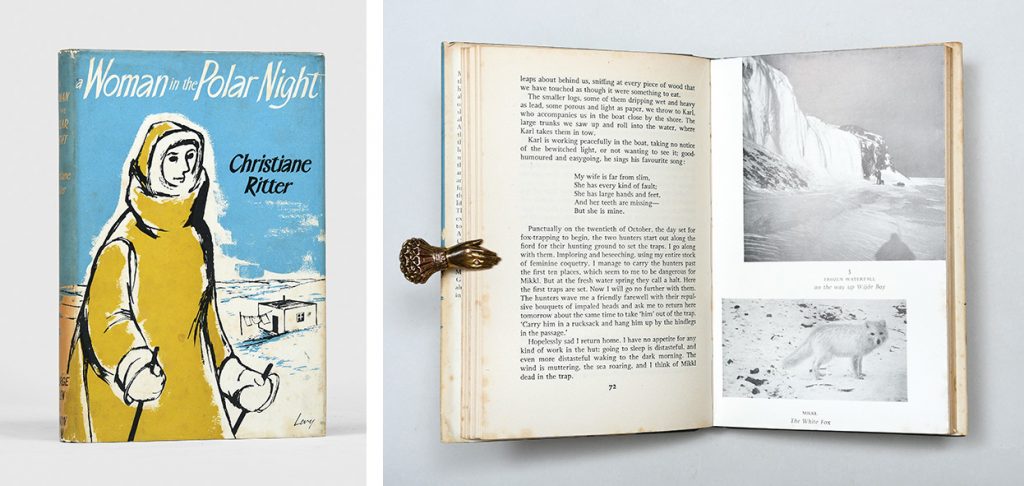
RITTER, Christiane. A Woman in the Polar Night. Translated by Jane Degras. 1954.
You also specialise in more niche themes – what led you to specialise in them?
Nosiness, largely! Spotting interesting books on my colleagues’ desks and asking questions or seeing if I could get involved with them. One example of this involved a sample catalogue of albumen photos of late Victorian London, which I was excitingly able to date after spotting a promotional poster in the background of one images for the German Exhibition of 1891, and an advertisement for the first performance of Charles Reade’s comedy Nance Oldfield, in which Ellen Terry took the leading role (a role which she reprised for Cicely Hamilton’s 1909 suffrage fundraiser A Pageant of Great Women). This, I think, sparked my interest in the books we get which demonstrate the entanglement of Victorian cultural life and politics – the connections and overlap between the fight for suffrage, worker’s rights, socialism, vegetarianism, anti-vivisectionists, later Esperanto proponents, and, throughout much of it, a great deal of spiritualism and theosophy. Having also previously studied early modern witchcraft through the lens of visual culture, the adoption of the occult by these various left-wing movements is fascinating. From Matter to Spirit (1863) by Elizabeth Sophie de Morgan offers a good example of these conjoining forces.
A slightly later witchcraft-related story I particularly love involves one of my favourite novels, Lolly Willowes by Sylvia Townsend Warner. Upon reading it, Virginia Woolf asked Warner how she knew so much about the lives of witches, to which she simply replied, “because I am one”.
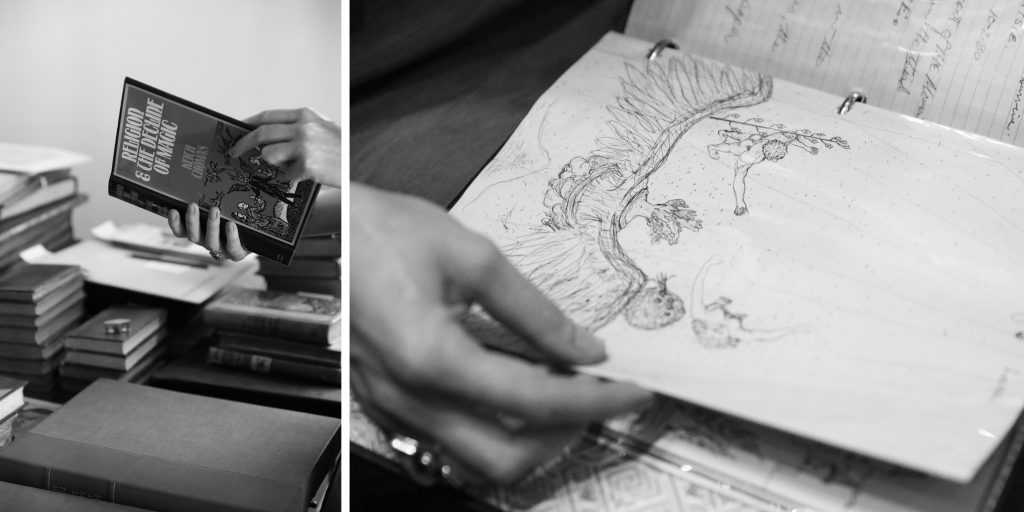
A related area which I love to catalogue is private press books. I am a devotee of the Cuala Press books, one half of the Cuala Industries, a co-operative business run by Lily and Elizabeth Yeats following a split from the equally attractive Dun Emer Press. Cuala Industries was founded with the aim of reviving the craft of book printing in Ireland and “to give work to Irish girls”. They combined Irish Nationalist, feminist, socialist, and artistic interests into one press. Their output’s distinctive and simple style is beautiful. Women played a key role as binders and illuminators in the private press movement. Florence Kingsford Cockerell and Anastasia Power at the Essex House press produced some stunning pieces, and there was an upsurge in amateur calligraphy and bindings, often embroidered, during this time. I love getting examples of these into the shop; seeing the time and care put into the craft of the printed book.
Peter Harrington is best-known for its rare book collections, but in fact offers precious material in diverse mediums. Can you describe some of the items you’ve worked with other than written texts?
Absolutely – despite being a book shop you never know what you will end up with on your desk. One recent item that springs to mind is the Bea Nettles Mountain Dream Tarot set – the first known photographic tarot deck. Ours is signed by the artist.
Some other, older items I have worked with include photographs taken by Californian historian Frances Rand Smith in 1918 of architect Henry A. Minton’s model of the Mission Santa Cruz and a collection of woodcut proofs for Wuthering Heights, each signed by the artist.
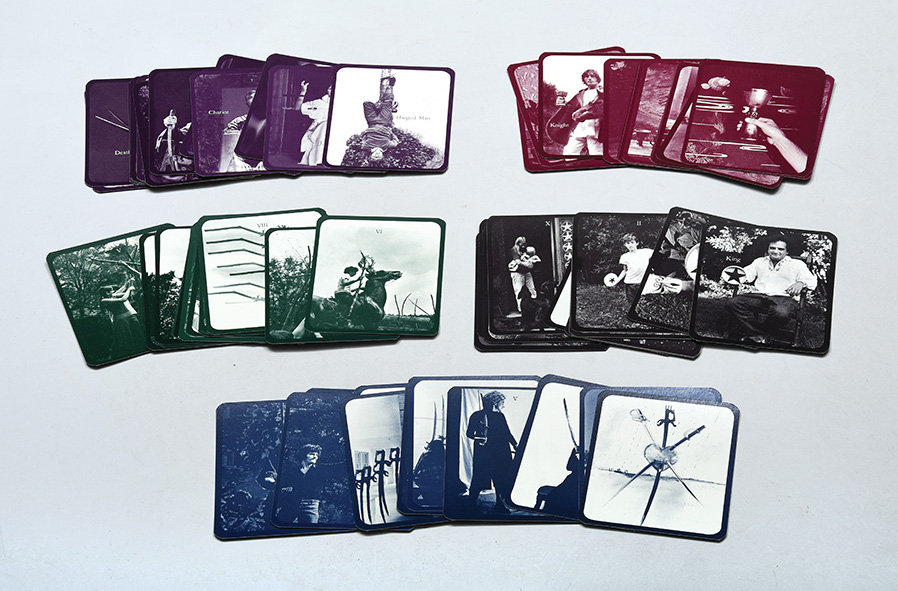
NETTLES, Bea.
Mountain Dream Tarot. 1975.
What has been one of your most standout experiences working with Peter Harrington?
There have been many moments where I have stepped back and thought, “wow, what I’m holding is incredible”. Condolence letters sent to Vanessa Bell after Virginia Woolf’s death have this effect; a beautiful unrestored copy of the first edition, first issue, of Dracula had a similar impact on me, as always do any books inscribed by Queen Victoria. Finally, I had this same sense of awe about a beautiful set of The Lord of the Rings in our recent fantasy catalogues In Other Worlds: Fantasy, Science Fiction and Beyond, which I had a ball cataloguing for.
As a single experience, cataloguing a collection of material relating to Hawaii has been my biggest and most rewarding challenge. It was a fascinating deep dive, taking me from the earliest printed works on the islands, through the colonial struggle for possession of the land, and up to, following the inclusion of the islands as a U.S. state in 1959, technicolour American tourist guides from the 1960s.

